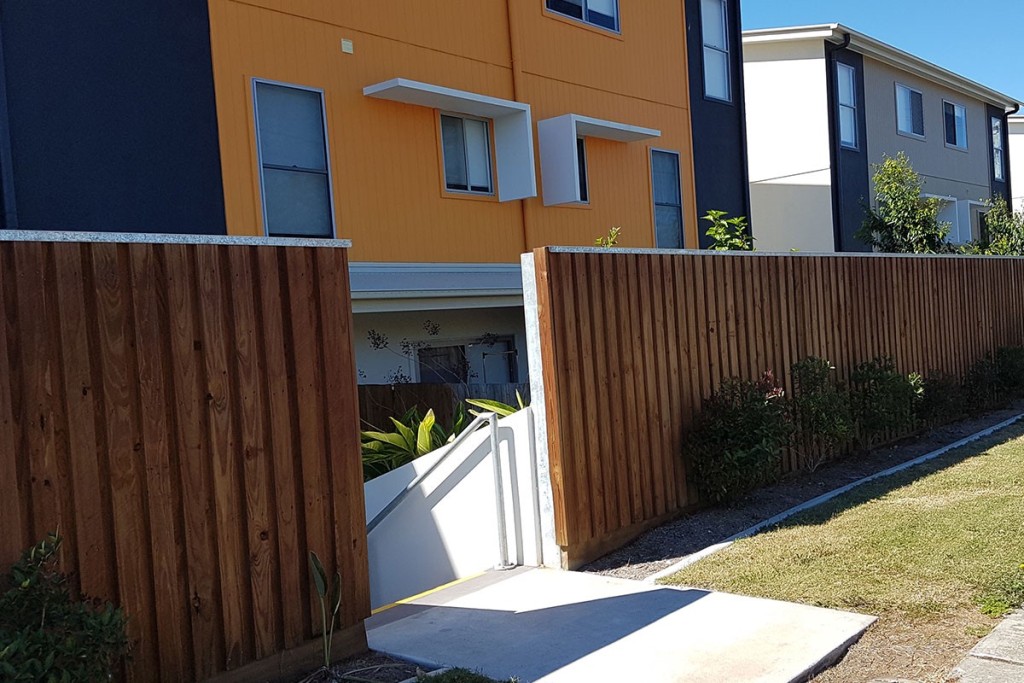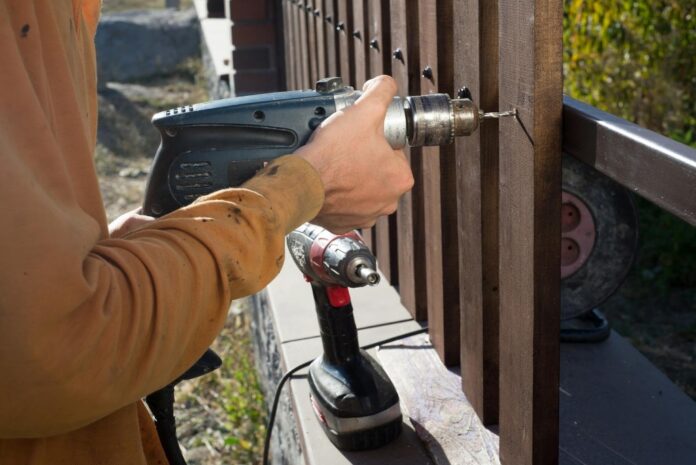Beloved American poet Robert Frost claimed fences make good neighbors but what did he mean exactly? Some readers think it’s about how fences help prevent feuds or trespassing. Others see fences as tools for encouraging neighbors to come together and take care of routine maintenance.
Most homeowners look at a fence as a way to create privacy, make their property look more attractive, and add value to their home.
Whatever reason people like fences, we have tips for fence installation. Read them before you dig that first post hole.
Picking the Best Fence for the Job
Before you get too far into your fence installation project, you’ll want to make sure you select the best fencing materials. Consider the type of fence you want for your yard.
If your goal is security, go with metal or chain link fencing. For a privacy fence, you might prefer vinyl or wood. Brick, stone, and wood all make excellent choices for strength and beauty. The experts at Florida Fence suggest using an online tool when designing your fence.
Another thing to keep in mind is maintenance. A low maintenance fence material that also looks attractive is vinyl. Finally, when selecting your fence hardware, go with stainless steel or another rust and corrosion-resistant material.
The Bad Side of a Fence
Another tip many homeowners forget is giving consideration to your neighbors.
A fence has two sides—the integrity side and the nice side. On the integrity side you see the rails and posts. The other side is the pretty, or smooth side.
The integrity side should face your house. Your neighbor should see the smooth side.
If you position the fence with the wrong side facing outward, you may have neighbor problems. This is one case where a fence would not make a good neighbor.
Don’t Cross the Line
Another way a fence could make a bad (or mad) neighbor is if you install it outside of the boundaries of your property line.
You can build right on your property line or inside your own property line. You absolutely cannot build a fence on your neighbor’s property line.
The best thing you can do before building a fence is to get a survey. The county deed and assessor’s office may have a copy, but if not, the cost to you is worth not having to rebuild your fence, or meet your neighbor in court.
About Those Post Holes
All fences have posts, therefore, all fences need post holes. If you don’t get the post holes dug properly, you’ll have problems down the road with the integrity of your fence.

Keep in mind that fenceposts should go at least 2 feet into the ground. If you measure about 1/3 of the post’s length, that’s how far down you should go.
Before you start digging, check with your local building department. They can let you know of any specific local codes, including requirements for post hole depth. Some cities are fine with 2 feet while others may require 4 feet.
Ready for Your New Fence Installation?
We’ve shared a few of our favorite tips on installing fences.
When preparing for your fence installation, create your design, make sure you remember your boundaries, give your neighbor the pretty side, and dig your post holes correctly.
Beyond that, pick a design you love that compliments your yard and gives you the privacy and security you need.
Enjoy reading this post? Check out our archives where you’ll find plenty to read on home décor and improvement.


















